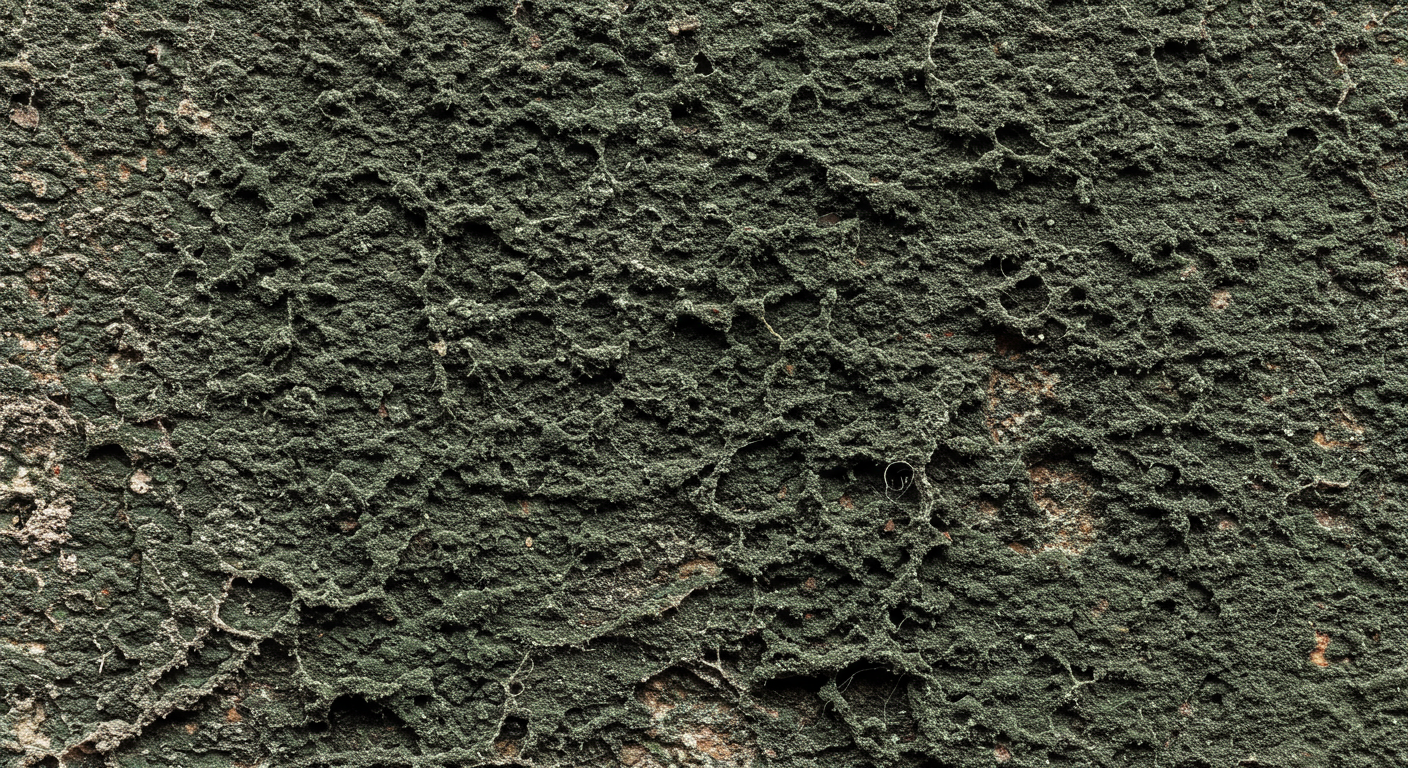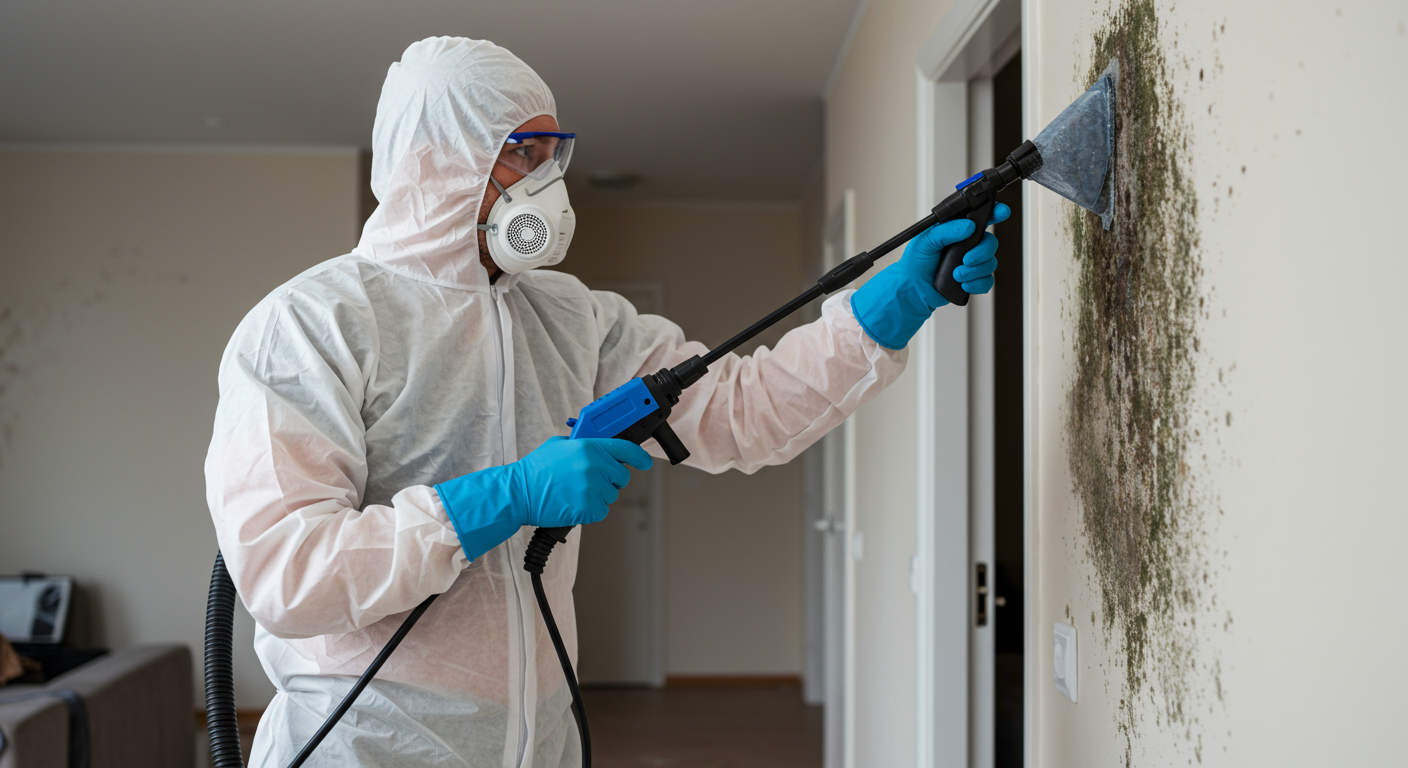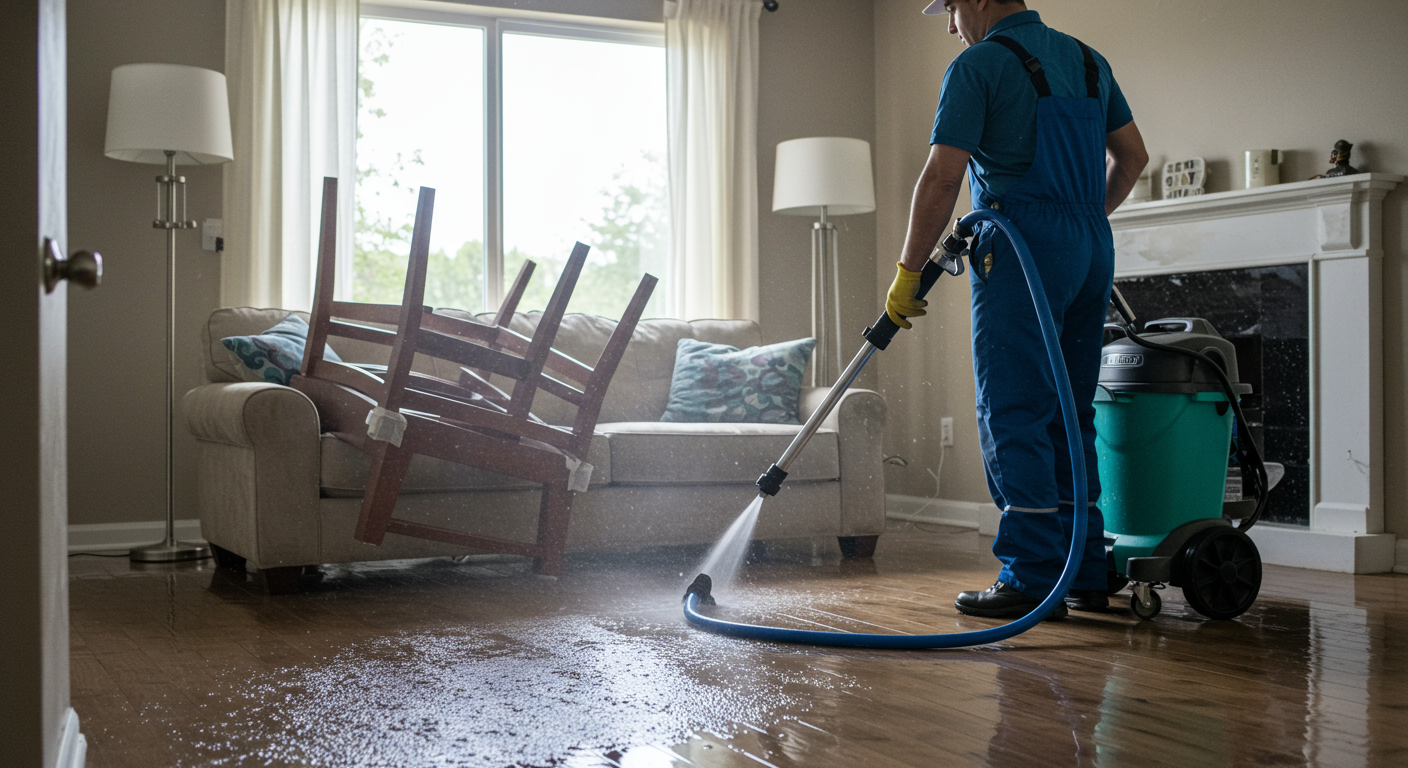Black mold is a persistent and potentially hazardous problem for homeowners in Los Angeles, CA. With the region’s humid climate and occasional water damage from storms or plumbing issues, mold growth can quickly become a serious concern. This guide provides an in-depth look at black mold, its risks, and the most effective removal and prevention strategies to ensure your home remains safe and healthy.
Understanding Black Mold and Its Risks
What is Black Mold?
Black mold, scientifically known as Stachybotrys chartarum, is a type of fungus that thrives in damp, humid environments. It often appears as dark green or black patches on walls, ceilings, or other surfaces exposed to moisture. Black mold releases spores into the air, which can spread to other areas of your home if left untreated.
In Los Angeles, the combination of warm temperatures and occasional water damage creates the perfect conditions for black mold to flourish. It is essential to address mold growth promptly to prevent further damage to your property and health.
Health Risks Associated with Black Mold Exposure
Exposure to black mold can lead to a variety of health issues, especially for individuals with respiratory conditions, allergies, or weakened immune systems. Common symptoms include coughing, sneezing, skin irritation, and difficulty breathing. Prolonged exposure can exacerbate asthma and lead to more severe respiratory problems.
The Centers for Disease Control and Prevention (CDC) warns that mold exposure can be particularly harmful to children, the elderly, and those with pre-existing health conditions. If you suspect mold in your home, taking immediate action is crucial to protect your family’s health.
Signs of Black Mold in Your Los Angeles Home
Common Indicators of Mold Growth
Detecting black mold early can save you time and money on remediation. Here are some common signs to watch for:
- Musty Odor: A persistent, earthy smell is often the first indication of mold growth.
- Visible Spots: Dark patches or stains on walls, ceilings, or floors are a clear sign of mold.
- Water Damage: Areas affected by leaks or flooding are highly susceptible to mold growth.
- Health Symptoms: If household members experience unexplained allergies or respiratory issues, mold may be the culprit.
Areas Prone to Black Mold in Homes
Certain areas in your home are more vulnerable to mold growth due to high humidity or water exposure. These include:
- Bathrooms and kitchens, especially around sinks and showers.
- Basements and crawl spaces with poor ventilation.
- Attics with roof leaks or inadequate insulation.
- Windowsills and HVAC systems that collect condensation.
By regularly inspecting these areas, you can catch mold problems early and prevent them from spreading.
Effective Black Mold Removal Methods
DIY Mold Removal Tips for Small Areas
For minor mold issues, you can attempt DIY removal using the following steps:
- Wear Protective Gear: Use gloves, goggles, and a mask to avoid exposure to mold spores.
- Clean with Vinegar or Bleach: Apply a solution of white vinegar or diluted bleach to the affected area and scrub with a brush.
- Dry Thoroughly: Ensure the area is completely dry to prevent mold from returning.
- Dispose of Contaminated Materials: Seal and discard any porous materials like carpets or drywall that cannot be cleaned.
While DIY methods can be effective for small patches of mold, they are not recommended for extensive infestations or toxic black mold.
Professional Mold Remediation Process Explained
For severe mold problems, hiring a professional mold remediation service is essential. Here’s what you can expect:
- Inspection and Assessment: Experts will identify the extent of the mold problem and its source.
- Containment: The affected area will be sealed off to prevent spores from spreading.
- Removal: Mold-infested materials will be safely removed and disposed of.
- Cleaning and Disinfection: Surfaces will be thoroughly cleaned and treated with antimicrobial solutions.
- Restoration: Damaged areas will be repaired or replaced to restore your home.
Professional services ensure that mold is completely eradicated and your home is safe for occupancy. Learn more about expert mold remediation services in Los Angeles here.

Preventing Black Mold in Los Angeles Homes
Tips for Moisture Control and Ventilation
Preventing mold growth starts with controlling moisture levels in your home. Here are some practical tips:
- Fix Leaks Promptly: Repair plumbing leaks and roof damage as soon as possible.
- Use a Dehumidifier: Maintain indoor humidity levels below 50% to discourage mold growth.
- Improve Ventilation: Open windows or use exhaust fans in bathrooms and kitchens.
- Clean Regularly: Wipe down surfaces prone to moisture, such as tiles and windowsills.
By implementing these measures, you can significantly reduce the risk of mold growth in your home.
Resources for Renters and Homeowners in Los Angeles
If you’re a renter or homeowner in Los Angeles, several local resources can help you address mold issues:
- Los Angeles County Public Health: Provides guidelines for mold prevention and remediation.
- Tenant Rights Organizations: Offer assistance for renters dealing with mold problems in their homes.
- Professional Mold Inspection Services: Companies like Olympic Restoration LA specialize in mold detection and removal. Learn more about their services here.
Taking advantage of these resources can help you maintain a safe and healthy living environment.
Conclusion
Black mold is a serious issue that requires immediate attention to protect your home and health. By understanding the risks, recognizing the signs, and implementing effective removal and prevention strategies, you can keep your Los Angeles home mold-free. For severe infestations, professional mold remediation services offer the expertise and tools needed to ensure complete eradication.
Don’t wait until mold becomes a bigger problem. Take action today to safeguard your home and family. For more information on mold remediation in Los Angeles, visit this guide.


